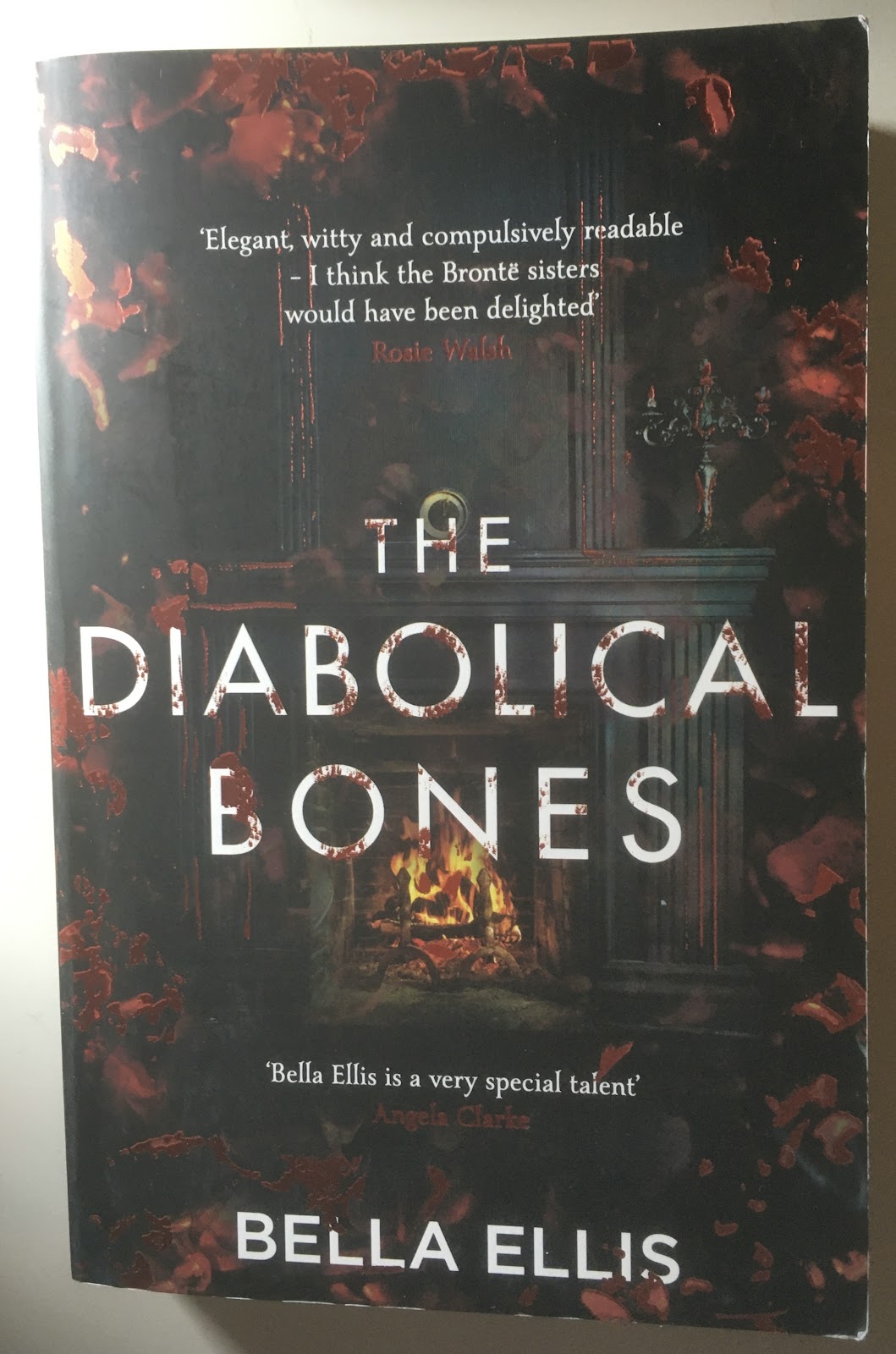Year: 1973
Director: Michael Crichton
Screenplay: Michael Crichton
Starring: Richard Benjamin, Yul Brynner, James Brolin
Running Time: 88 minutes
Genre: Science-fiction, Western
Welcome to Delos, a state of the art amusement park where, for a mere $1,000 per day, guests can live out their fantasies in one of three different "worlds": Western World (themed on the Wild West), Medieval World or Roman World. The zones are populated by highly sophisticated robots, which look virtually indistinguishable from humans, and are programmed to allow the guests to live out any adventure or desire that they have. Of course, the sophisticated computer programming means that the robots will never turn on their human guests and begin slaughtering home. Nothing can possibly go wrong. Until everything does.
This was written and directed by author/filmmaker Michael Crichton, who would return to the theme of a futuristic amusement park run amok with his novel Jurassic Park (1990). The film moves between two friends, Peter Martin (played by Richard Benjamin) a first time visitor to Delos and John Blane (played by James Brolin) who is something of a Delos veteran, and their experiences in Western World as they become targets of a homicidal Gunslinger (played by Yul Brynner); the scientists and technicians in the vast subterranean complex below the theme park, where damaged androids are repaired, and the whole park is monitored; and an obnoxious guest in Medieval World. It's not really until nearly an hour into the film where the robots completely break down and become murderous, and the story moves fully into thriller territory. Up until then its is almost a comedy parodying Western tropes. In it's last half hour the film becomes a genuinely tense chase as the Gunslinger remorselessly hunts down it's prey. Richard Benjamin is good as the nervous, slightly jittery first time visitor, and James Brolin is charismatic as the relaxed would-be cowboy, but it is Yul Brynner as the deathly pale, blank-faced robot who provides the most iconic performance. The film is mostly well structured, opening with an advert for Delos, which really gives all the backstory you need, and following Peter and John as they arrive and get to experience Western World. Meanwhile in Medieval World a would be king (Norman Bartold) spends his time flirting with the Queen (Victoria Shaw) and eyeing up buxom serving wenches. As this is all going on in the park, in the laboratories and offices below, the technicians are concerned that the robots are displaying more malfunctions and errors than usual. The problems and malfunctions mount up slowly but steadily, until everything suddenly goes haywire. The film is certainly showing it's age now. The special effects and futuristic technology on-screen now look very dated, which is inevitable. It's not a great film, it moves from light-hearted almost comedy to full science-fiction action thriller a little too late and too suddenly. It is good though, it's funny and suspenseful and features some memorable sequences.
The film was a hit in it's day, and was followed by a sequel, Futureworld (1976), a TV series Beyond Westworld which ran for five episodes in 1980, and the far more successful Westworld TV series which began on HBO in 2016 and has, as of January 2022, run for three seasons with a fourth on the way.
Yul Brynner in Westworld





















